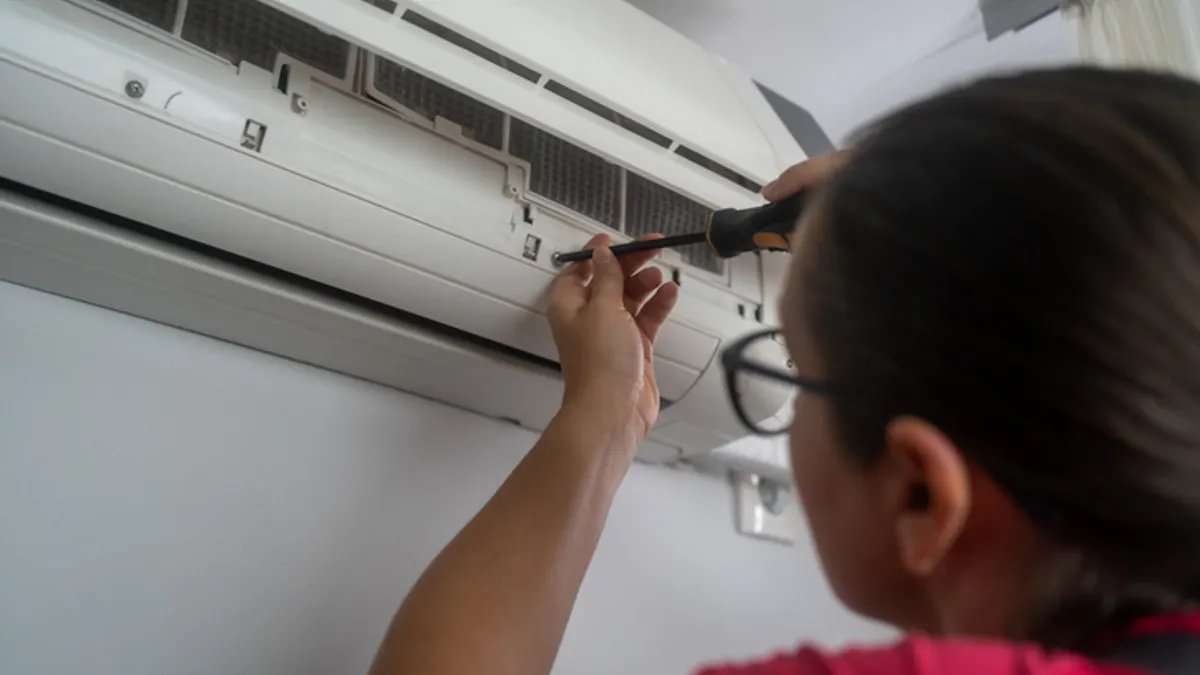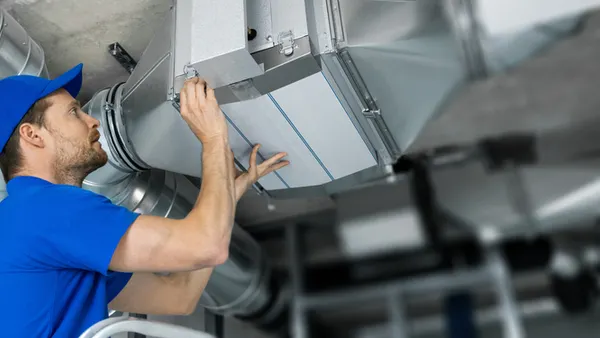Healthy buildings provide more than $20,000 per employee in net value, or $115 per square foot over 10 years, while enabling rent premiums, according to a report by the International WELL Building Institute, or IWBI.
Through better ventilation, lighting and environmental quality, organizations can realize a net present value of between $37 and $55 per square foot from the gains they make from reduced sick time and greater productivity, the report says, citing data from the California Sustainable Building Task Force.
“Buildings are a unique conduit for delivering healthier air, improved light, clean water and overall better environments that are attuned to people’s health and wellbeing,” Jason Hartke, executive vice president of external affairs and global advocacy at the International WELL Building Institute, said in an interview.
The research report, Investing in Health Pays Back, looks at the business cases of healthy buildings for organizations and how real estate owners and facility managers can improve their spaces to provide benefits to occupants and boost their bottom line.
The findings support a McKinsey report released earlier this year that found investing in employee health creates nearly $12 trillion in global economic value by improving productivity, reducing absenteeism, lowering healthcare costs and boosting employee engagement and retention.
The IWBI data tracks other organizations’ findings. A Fellowes report from earlier this year, for example, found workers are more likely to consider quitting over poor indoor air quality than they were in the past – 40% compared to 31% in 2023. And a number of studies over the last several years found correlations between cognitive function and indoor environmental quality; employee productivity and ventilation rates; employee work efficiency and thermal comfort; learning performance and carbon dioxide concentrations; and children's health and indoor air pollution.
“Facility teams in buildings are now in a position to better improve your health than a whole lot of other factors, including perhaps your doctor,” said Hartke, who co-authored the IWBI report. “That’s because they’re in a position to improve your air quality, enhance your thermal comfort, employ healthy cleaning practices and perhaps give you better access to light.”
The focus on healthy buildings might even lead to higher ROI than what building operators are getting from making their buildings more energy efficient, studies suggest.
A study by the U.S. Pacific Northwest National Laboratory, for example, found improvements to air quality, thermal comfort and lighting generated a health-related NPV of $2 million in one building over 10 years, compared with an energy-related NPV of $44,000 for those same measures.
Other studies found healthy building certifications, like IWBI’s WELL rating, can lead to higher rent levels.
An MIT paper found building owners could get rent increases of between 4.4% and 7.7% compared to non-certified buildings, and the Journal of Environmental Management found rents could be higher by 4% to 6%, after controlling for other factors.
“You have companies trying to make the ‘invisible visible’ inside our buildings, so these facility managers … are now front and center within organizations,” said Hartke. “‘How does this impact our workforce productivity? How can these best practices be put together in a way that helps us improve retention? How does it help us attract top talent?’”
“That’s the overarching trend we’re seeing – those linkages between human health and wellbeing,” he said. “And those building characteristics are being elevated all the way up.”












